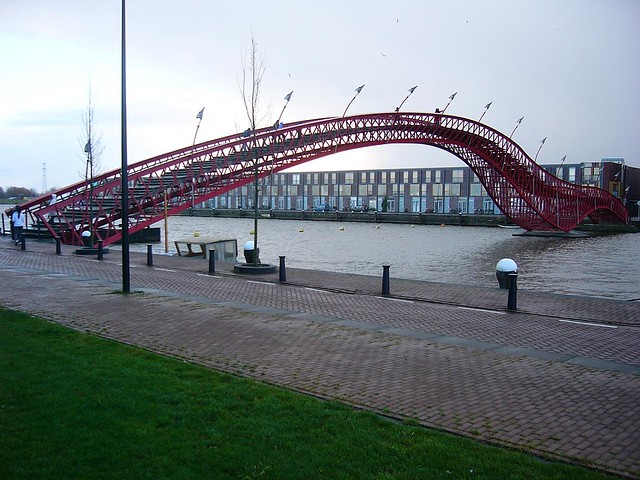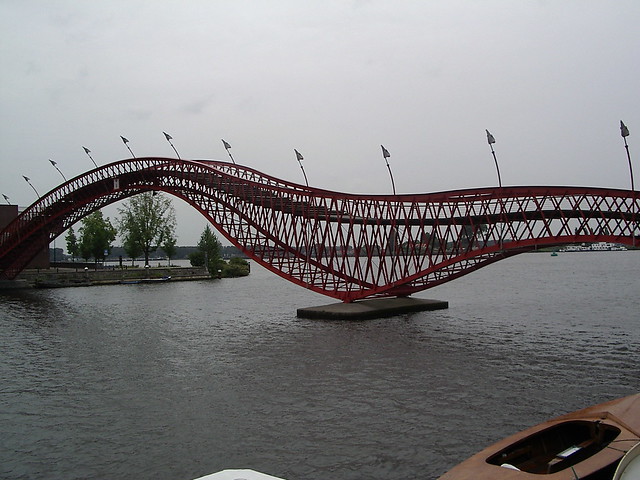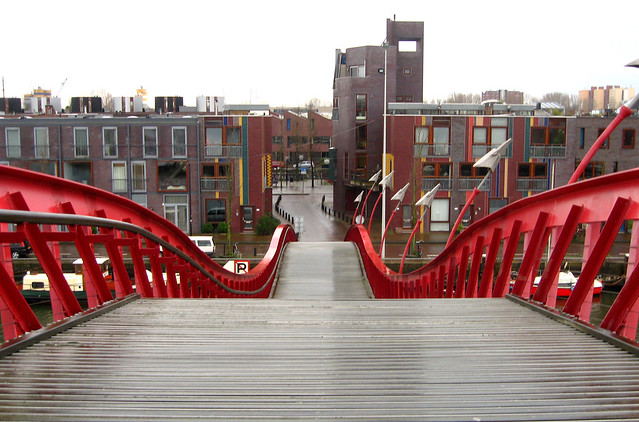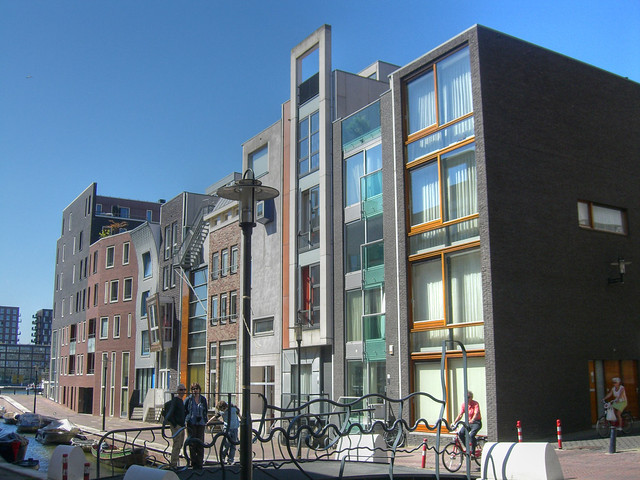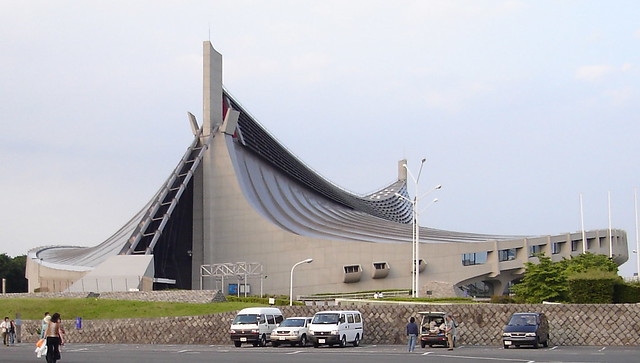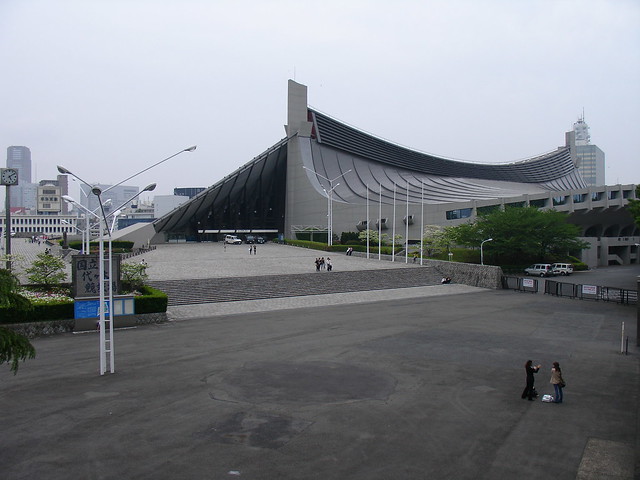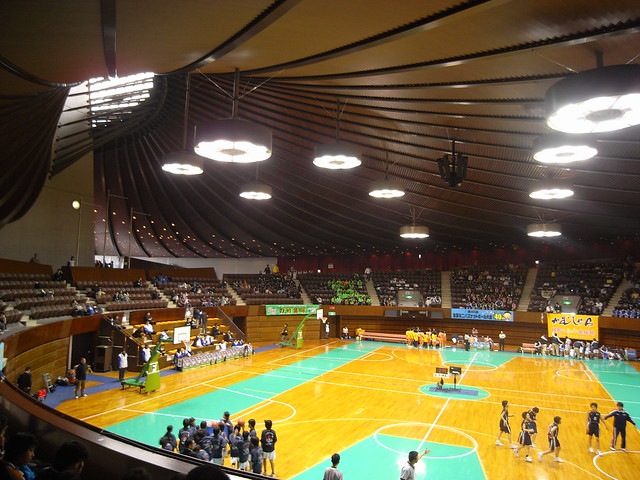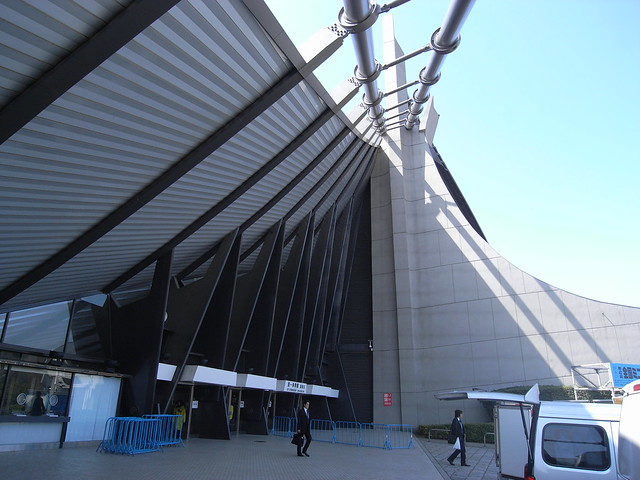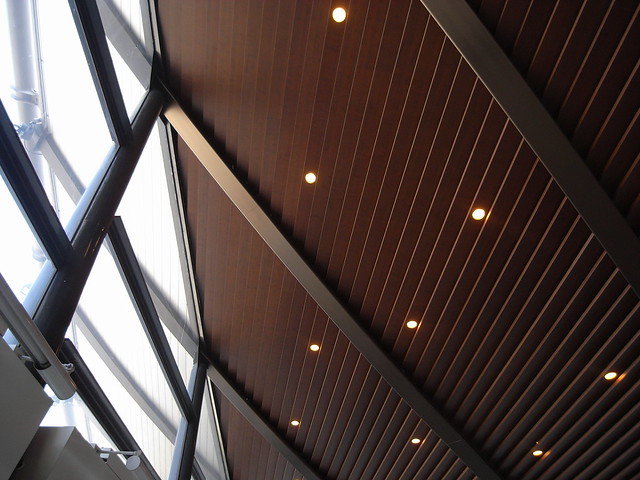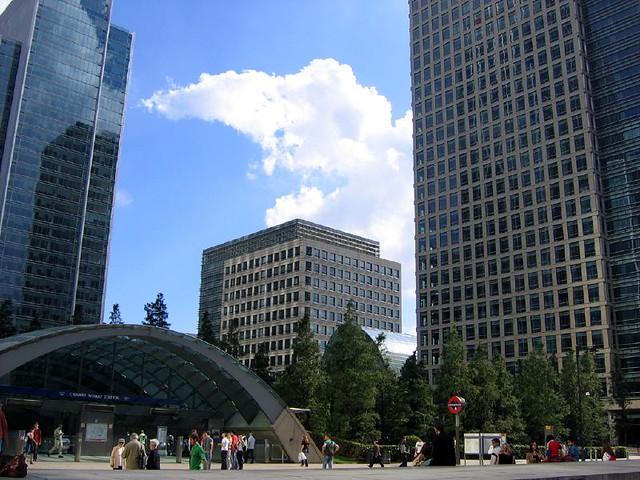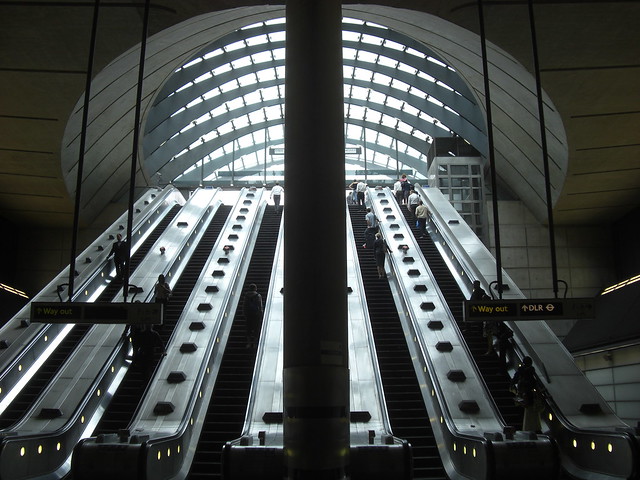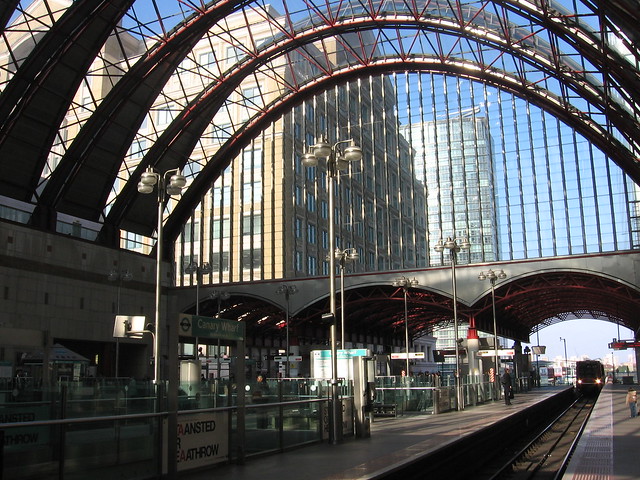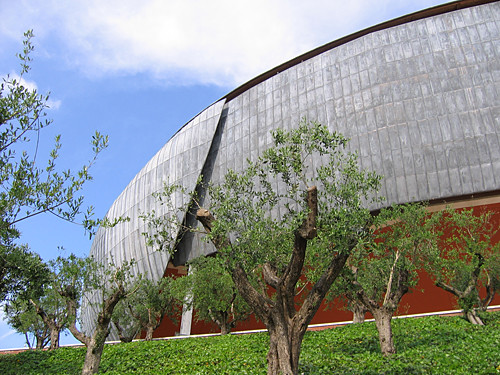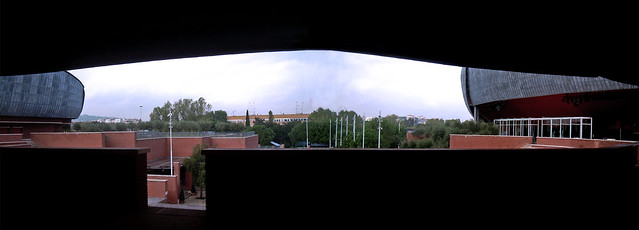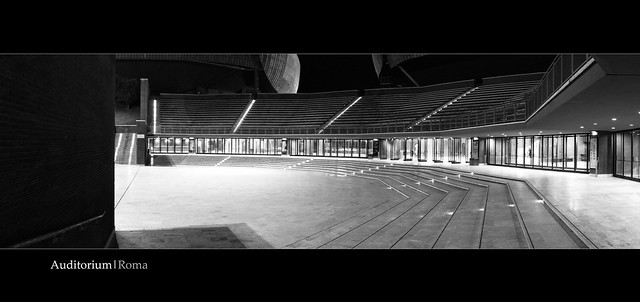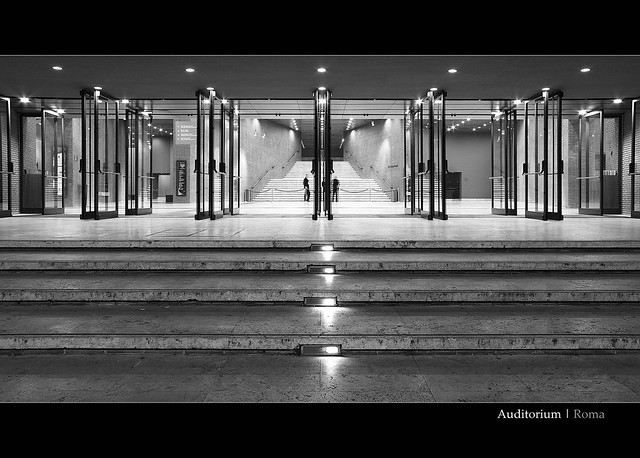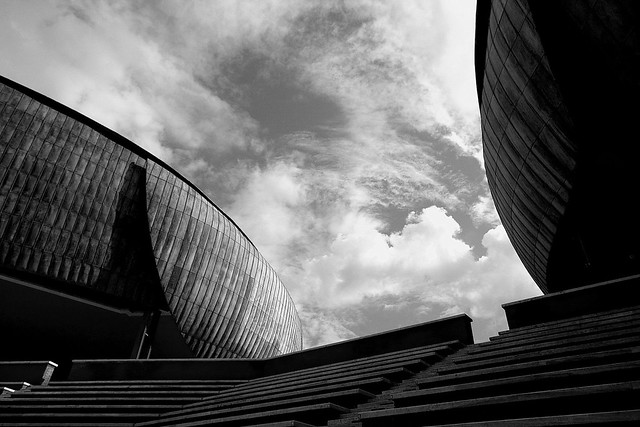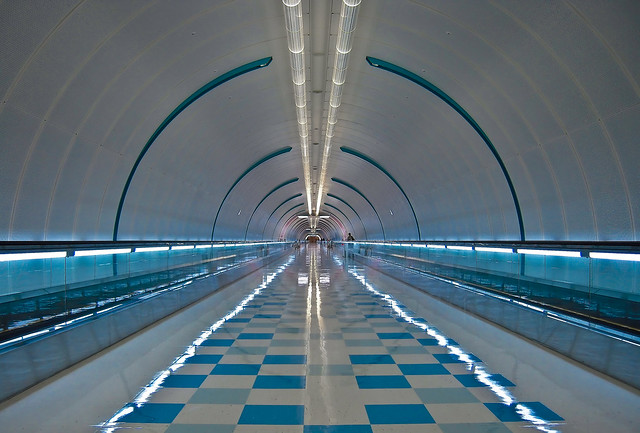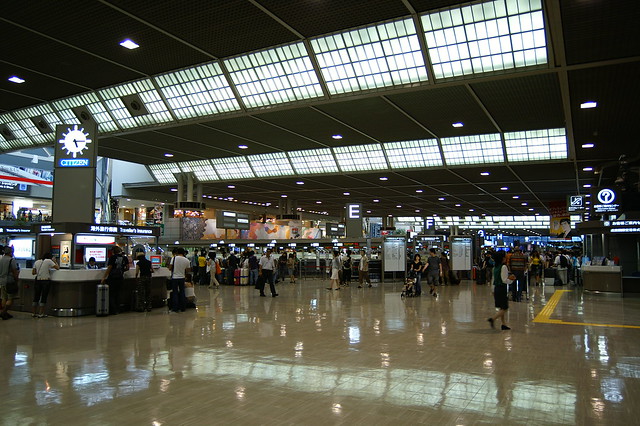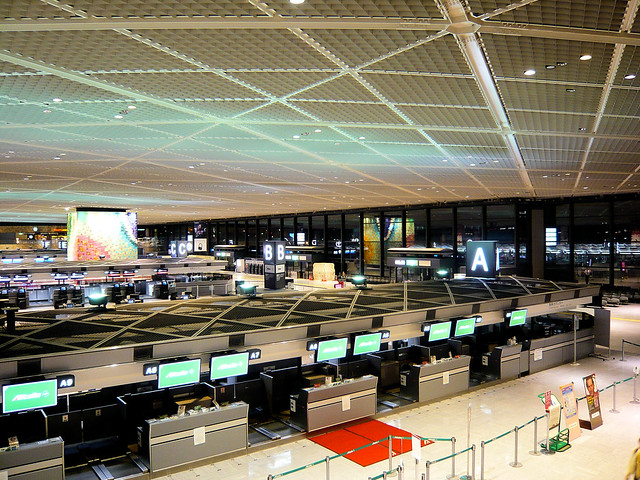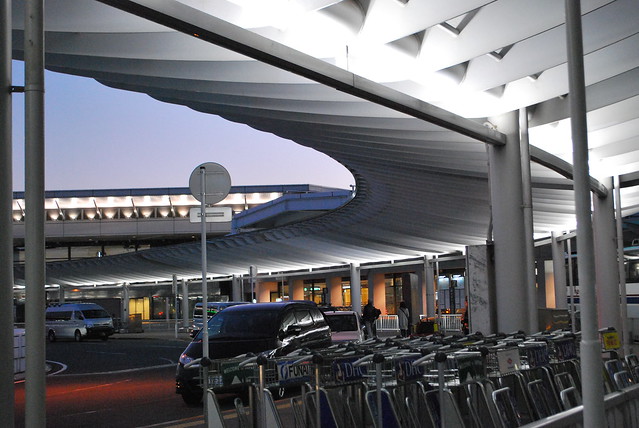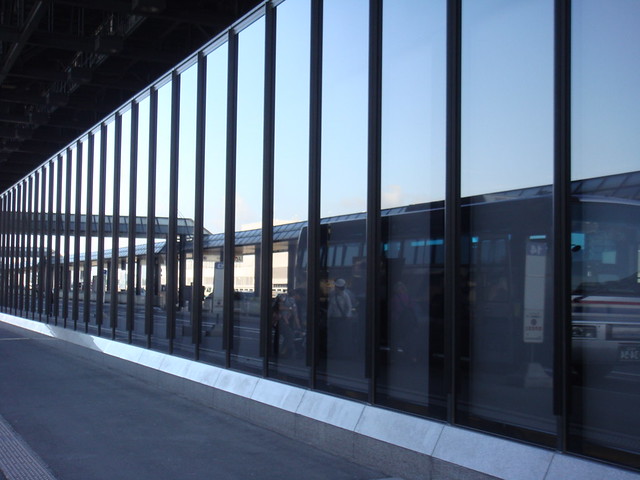
If we take a look at the recent releases, there is no major movie based on 2D animation. Is 2D animation worn out, or just not commercial enough? Even if those classic animations are always a pleasure to watch, you have to admit that the modern animation is more attractive. They are more real, and people seem to love that. If we take a look at the box office, we see 2 animation movies in top 10 (Shrek 2 and Finding Nemo) with 1,7 billion dollars revenue. That is amazing. And for both movies CGI (Computer-Generated Imagery) was used.
 So, why do studios use CGI, and why do we like it so much? I tend to say, that from the film fan’s point of view, it’s the story that makes the movie so attractive, because, anytime I would like to see a movie like Shrek, with real actors, scenes, and other real stuff. But it’s the story that does all the trick. From the creators’ point of view, it is cheaper. Because, with today’s special effects, anything is possible with real actors, and they can’t deny that. But, like I said, it’s cheaper than physical methods, such as constructing elaborate miniatures for effects shots or hiring a great deal of extras for crowd scenes, and because it allows the creation of images that would not be feasible using any other method. It can also allow a single artist to produce content without the use of actors or other contributors to the project.
So, why do studios use CGI, and why do we like it so much? I tend to say, that from the film fan’s point of view, it’s the story that makes the movie so attractive, because, anytime I would like to see a movie like Shrek, with real actors, scenes, and other real stuff. But it’s the story that does all the trick. From the creators’ point of view, it is cheaper. Because, with today’s special effects, anything is possible with real actors, and they can’t deny that. But, like I said, it’s cheaper than physical methods, such as constructing elaborate miniatures for effects shots or hiring a great deal of extras for crowd scenes, and because it allows the creation of images that would not be feasible using any other method. It can also allow a single artist to produce content without the use of actors or other contributors to the project.
The first studio to release a fully computer-generated feature film was Pixar, with their Toy Story. The movie was a major box office hit, generating $360,000,000. Pixar is also “responsible” with other successful animation movies, such as Finding Nemo, A Bug’s Life or The Incredibles. The other real competitor for Pixar is DreamWorks SKG, with Shrek, Shrek 2(this is the animation that generated the largest income for an animation movie, over 880 million dollars), Antz or Chicken Run.
 Now that I mentioned Chicken Run, this is a very interesting animation, because it’s not like the other. For this movie Claymation was used. What exactly is Claymation? Well, in clay animation, each object is sculpted in clay or a similarly pliable material such as plasticine, usually around an armature. As in other forms of object animation, the object is arranged on the set, a shot is taken and the object or character is then moved very slightly by hand. Another shot is taken and the object moved slightly again. To achieve the best results, a consistent shooting environment is needed to maintain the illusion of continuity. This means paying special attention to maintaining consistent lighting and object placement. Even if Chicken Run was not a huge hit, DreamWorks used Claymation again, for the remake of Wallace and Gromit.
Now that I mentioned Chicken Run, this is a very interesting animation, because it’s not like the other. For this movie Claymation was used. What exactly is Claymation? Well, in clay animation, each object is sculpted in clay or a similarly pliable material such as plasticine, usually around an armature. As in other forms of object animation, the object is arranged on the set, a shot is taken and the object or character is then moved very slightly by hand. Another shot is taken and the object moved slightly again. To achieve the best results, a consistent shooting environment is needed to maintain the illusion of continuity. This means paying special attention to maintaining consistent lighting and object placement. Even if Chicken Run was not a huge hit, DreamWorks used Claymation again, for the remake of Wallace and Gromit.
So, no matter what techniques the creators use, it seems that the 2D animation days are gone and computer-animated movies become more real with every release, breaking revenue records.
